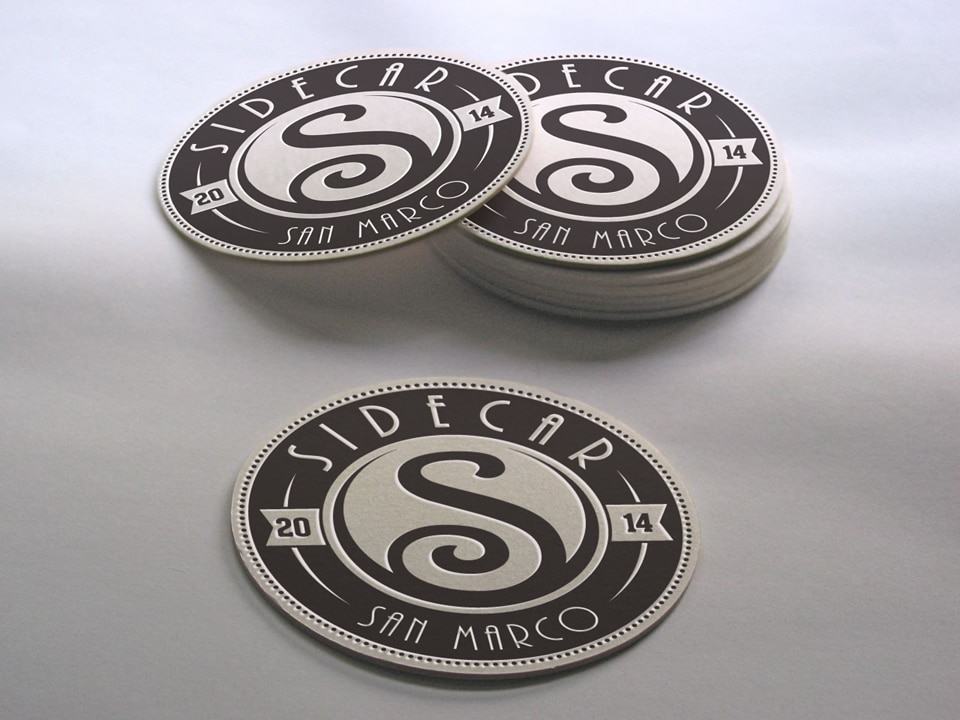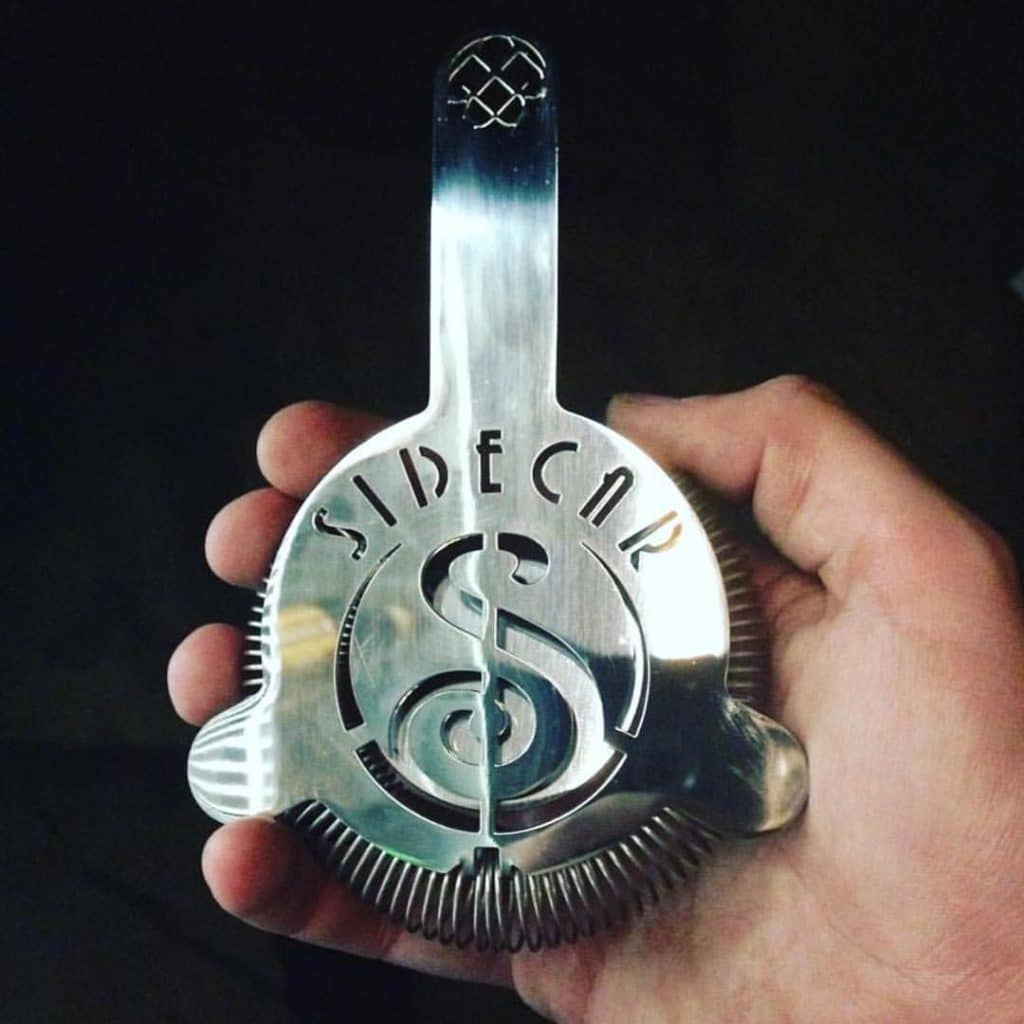“I make things pretty.” Simple, succinct, and maybe a bit undermining, but it’s my go-to response to “So, what is it someone in marketing does, exactly?”
This question was asked often at the company I worked for prior to starting my own, and after two years of listing out my job duties – “web design, social media content, writing press releases, designing every piece of company swag you’re wearing” – and watching my coworkers’ eyes glaze over, I finally summed it up as: “I make things pretty.”
Sure, a marketer has more skills than just the ability to design, but I’d argue design plays a role in the application of each of those skills. It’s where our true value lies. Knowing how to put text and images on a page – digital or printed – is one thing, but knowing why a design does or doesn’t resonate with your audience is crucial for successful marketing.
The key is knowing people.
This post dives into some basic psychological practices present when designing, regardless of the platform, and how you can incorporate them in your own design.
HICK’S LAW
 Hick’s Law states: “the more choices a user faces, the longer it will take them to decide.” This principle can be seen everywhere, even outside the marketing realm. High-end restaurants curate their menus to provide the “right” amount of options; the U.S. Navy believes the best way for a system to work is by Keeping It Short and Simple (K.I.S.S.); heck, even Shakespeare knew brevity was the soul of wit! My point is: people want information that’s quickly accessible and easy to understand, otherwise they get frustrated. By categorizing choice and reducing complexities, you’re creating a more pleasurable experience.
Hick’s Law states: “the more choices a user faces, the longer it will take them to decide.” This principle can be seen everywhere, even outside the marketing realm. High-end restaurants curate their menus to provide the “right” amount of options; the U.S. Navy believes the best way for a system to work is by Keeping It Short and Simple (K.I.S.S.); heck, even Shakespeare knew brevity was the soul of wit! My point is: people want information that’s quickly accessible and easy to understand, otherwise they get frustrated. By categorizing choice and reducing complexities, you’re creating a more pleasurable experience.
COLOR & TYPOGRAPHY
Color and type are essential tools because they have an impact on how we think and behave. They direct our eye where to look, what to do, and how to interpret something. When choosing my dog’s food this week, I’d like to say the decision was Do I think she’s in the mood for lamb, bison or salmon? But in reality, the decision was What color bag and wildlife image appeals to me most? A product or service can be exactly right for a user, but if packaged incorrectly it’ll be missed – or worse, purposefully overlooked.
You don’t have to be a graphic designer to know when a color palette or font just isn’t working, and you don’t have to be one to know how to fix the issue either. Below are some general guidelines to help steer your design:
- Use accent colors to direct the eye to important takeaways. If this is the only section of the material your audience sees, make sure they leave with the most valuable information.
- Don’t underestimate the power of white space. Help a person’s eye easily group sections by giving your design elements room to breathe.
- Serif fonts are typically better for longer bodies of text. This isn’t an exact rule, but it can be a helpful place to start in your decision-making process. Serif fonts, like Times New Roman, have decorative strokes at the endpoints of letters and because of this, they help the eye travel in a straight line. This subconsciously creates a more enjoyable reading experience when the copy is longer.
- Use varying typefaces sparingly. Different type styles can give a visual cue to the reader that the purpose for that body of text is different. Type styles can be used for structure (like headings), to identify a design element (like an image caption) or to help with tone.
LOCATION, LOCATION, LOCATION
You’ve organized your content, you’ve picked your colors and fonts, but where does it all go on the page? The answer lies in how a person will experience your design. On a webpage, a person has to scroll to see all of the content so prioritizing things like your logo, your company name, your tagline, and a navigation menu at the top makes the most sense. On a printed page, a person has access to all of the content at once, so there’s a bit more flexibility when it comes to content placement.
 A good rule of thumb for either medium is to design using the F-shaped pattern. This is the eye movement of the average person where the eye reads across the top of the page, then down the left side and across the page again – skimming for headlines, bullets, or bolded text. When you’re mapping out your content, remember that F marks the spot.
A good rule of thumb for either medium is to design using the F-shaped pattern. This is the eye movement of the average person where the eye reads across the top of the page, then down the left side and across the page again – skimming for headlines, bullets, or bolded text. When you’re mapping out your content, remember that F marks the spot.
As much as I would love to give you step-by-step instructions to use for every design, the truth is, there’s no one-size-fits-all formula because every audience is different. The practices above should be seen as foundational guidelines to help you get started, but for marketing to truly be successful you have to know your audience, you have to know what they think is pretty.
About the Author

Hailey Dolan
Hailey is the founder and managing director of Wolf Head Marketing, a boutique creative agency dedicated to helping ideas grow, as well as a friend of Nuera.



